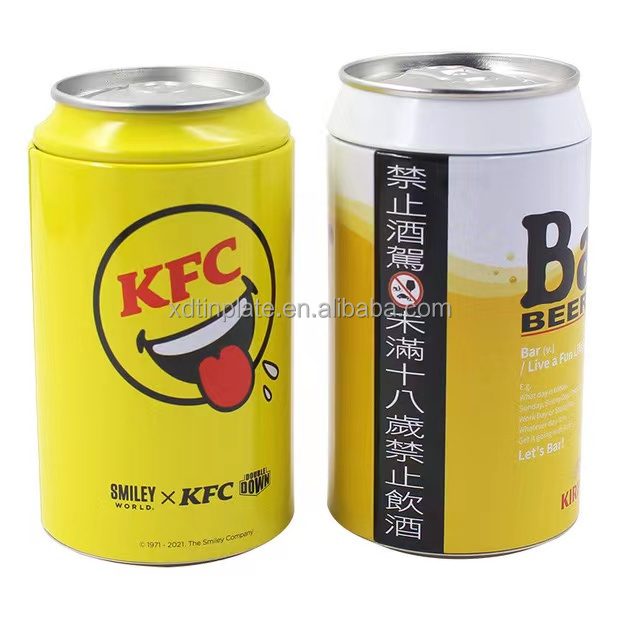
12 月 . 06, 2024 19:19 Back to list
galvanized iron rod
The Importance and Versatility of Galvanized Iron Rods
Galvanized iron rods, commonly known as mild steel rods coated with a layer of zinc, play a crucial role in various construction and industrial applications. The galvanization process, which involves dipping iron or steel in molten zinc, provides a protective layer that enhances the metal's resistance to corrosion and rust. This article delves into the significance, applications, and benefits of galvanized iron rods in modern construction and industry.
Understanding Galvanization
Galvanization is a process that helps to extend the life of iron and steel products. When the iron is coated with zinc, it creates a barrier that prevents moisture and air from reaching the surface of the iron. This barrier significantly reduces the likelihood of oxidation, which is a primary cause of rust. Additionally, if the zinc coating becomes scratched or damaged, it continues to protect the underlying metal through a process known as cathodic protection, where the zinc sacrifices itself to protect the iron.
Applications in Construction
Galvanized iron rods are extensively used in construction due to their strength and durability. They are often employed in the reinforcement of concrete structures. Rebar, or reinforcing bar, is typically made of steel and is essential for providing tensile strength. When combined with concrete, which has high compressive strength but low tensile strength, the galvanized rebar effectively improves the overall structural integrity.
In addition to rebar, galvanized iron rods are also used in constructing various frameworks, supports, and scaffolding. These rods can be easily shaped, cut, and welded, making them ideal for versatile building applications. The lightweight nature of galvanized rods, combined with their strength, allows for easier handling on job sites, thereby increasing efficiency during construction projects.
Industrial Uses
galvanized iron rod

Beyond construction, galvanized iron rods have numerous industrial applications. They are widely utilized in manufacturing processes, particularly in the production of furniture, gates, and fences. The corrosion resistance of galvanized iron makes it suitable for outdoor applications where exposure to the elements is inevitable. Items such as outdoor railings and garden furniture benefit significantly from the longevity offered by galvanized iron.
In the agricultural sector, galvanized iron rods are commonly used for fencing and supporting crops. Farmers choose galvanized fencing because it withstands harsh weather conditions, reducing maintenance costs over time. Additionally, the rods can serve as strong support structures for plant growth, particularly in the case of trellises and garden stakes.
Advantages of Using Galvanized Iron Rods
The advantages of using galvanized iron rods are manifold. First and foremost is their remarkable resistance to corrosion and rust, which dramatically extends their lifespan compared to non-galvanized materials. This is crucial in environments exposed to moisture, chemicals, or saline conditions, where unprotected iron would deteriorate rapidly.
Cost-effectiveness is another significant benefit. Although the initial investment for galvanized materials may be higher than for non-coated options, the long-term savings due to reduced maintenance and replacement costs make galvanized iron an economical choice. Furthermore, the durability and reliability of galvanized rods can contribute to overall project savings by minimizing the likelihood of structural failures.
Moreover, galvanized iron rods contribute to a sustainable approach to construction and manufacturing. The longevity of these materials means fewer resources are consumed over time, making them a more environmentally friendly option. Additionally, the zinc used in galvanization is recyclable, further enhancing their sustainability profile.
Conclusion
In summary, galvanized iron rods are indispensable in modern construction and industrial applications due to their strength, durability, and corrosion resistance. The galvanization process not only provides protection against rust but also offers economic advantages through reduced maintenance costs. As industries continue to seek sustainable and cost-effective solutions, the use of galvanized iron rods will likely remain a fundamental practice. Whether in building robust infrastructures, manufacturing essential products, or supporting agricultural endeavors, these versatile rods will continue to play a pivotal role in enhancing the durability and longevity of various projects.
-
Galvanized steel sheet price hot-dip galvanized
NewsMar.07,2025
-
Galvanized steel sheet price hot-dip galvanized
NewsMar.07,2025
-
Galvanized steel sheet price hot-dip galvanized
NewsMar.07,2025
-
Galvanized steel sheet price hot-dip galvanized
NewsMar.07,2025
-
Galvanized steel sheet price hot-dip galvanized
NewsMar.07,2025
-
buy corrugated roof sheet end capping
NewsMar.07,2025